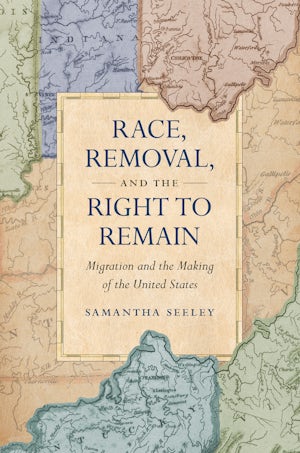One of the issues that
habitually frustrates me is the disconnect between historians who work on the
colonial period and those who specialize in the indigenous world.
Theoretically, both engage with the same period and depend on similar or even (on
occasions) identical sources, but their aims and their readings are often diverse,
the bibliography they consult is habitually distinct, and they frequently
belong to different fields and professional associations. The result is that
they are seldom in conversation with one another. Having participated recently
in a search for a historian of Indigenous North America made this clear to me,
but so have many years working as a scholar of Spanish America.
How could one place colonial and
indigenous history in dialogue? To answer this question, I authored two pieces.
The first piece was concerned with Indigenous right to land, the other focused
on campaigns to resettle natives in new, Spanish-style communities.[i]
Attempting to understand why some
historians insisted on Spanish respect to native land rights (mostly historians
of the Spanish colonial state) while others criticized Spain for the massive
dispossession of natives (mainly historians interested in the native experience
of empire), I observed how respect to native rights operated in the colonial
period. I argued that respect did not
guarantee continuity. On the contrary, it (often) introduced change. This could
happen because Spanish judges, although willing to recognize indigenous right
to land, understood land rights not according to Indigenous law but according
to European juridical traditions. These judges tied land rights to occupation
and described occupation in ways that resonated with the European experience.
The result was both the suppression of ancient rights as well as the invention
of new entitlements. In other words, examination of how European norms were
applied vis-à-vis natives enabled to affirm that respect to native rights and
native dispossession could operate simultaneously.
With regards to native resettlement,
historians of native Spanish America usually denounced resettlement campaigns
as a colonial measure aimed at controlling, converting, and exploiting the
native population. Yet, as a historian of Spain in both Europe and the Americas
I knew that resettlement did not only target natives but also Spaniards and
that it operated in both the Old and the New World. Justifying it were contemporary
convictions that only people who resided in proper communities (and indigenous
communities were not considered “proper”) could be tied to the polity religiously
and civically. The question when resettlement was required, against whom, and
for which end, thus demanded a larger and a longer vision. As happened in the
case of native land rights, just looking at natives, just looking to the
Americas, was insufficient.
These remarks are not meant to diminish
the plight of native Americans. European colonialism turned the native world
upside down. It was a human-made hurricane that touched and upset almost
everything. But, regardless of how terrible it had been, if we wish to
understand how it operated, we should not separate the study of the native
world from the study of the colonial (and by extension European) world, with
which it was closely entangled.
[i] Tamar Herzog. “Colonial law and
‘Native Customs’: Indigenous Land Rights in Colonial Spanish America.” The Americas 63(3) (2013): 303-321 and
Tamar Herzog. “Indigenous Reducciones and
Spanish Resettlement: Placing Colonial and European History in Dialogue.” Ler
História 72 (2018): 9-30 (an earlier version of this work was published
under the title “Terres et déserts, société et sauvagerie. De la communauté en
Amérique et en Castille à l’époque moderne.” Annales HSS 62 (3) (2007): 507-538)).



